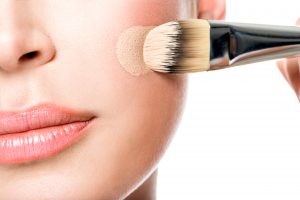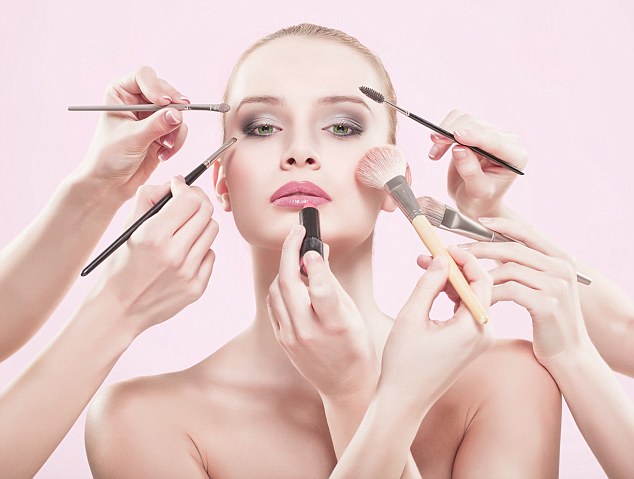
We all have them. Those strange subconscious habits that are totally irrational but we still act on them. Our clients are no different, with a host of hard-wired and pre-set ideas surrounding treatments, products and procedures. While these dispositions may seem beguiling, as industry professionals, they’re essential to know.
Smell the product
It doesn’t matter if you’ve told them it’s fragrance-free – customers will always smell the product. Smell is the most sensitive of the senses, with research showing that smell is the sense most linked to our emotion recollection.
“Smell has a greater impact on purchasing than everything else combined,” Alan Hirsch, neurological director of the Smell & Taste Treatment & Research Foundation in Chicago, tells health publication CleanLink. “If something smells good, the product is perceived as good.”
Smell is also the main trigger of various emotions, such as pleasure, well-being and memory – three things that you definitely want attached to a product you’re selling.
Free samples = experimentation with new brands
Encouraging a customer to try something new can take months, however, give them a free sample and you’ve achieved the unthinkable in a mere five seconds.
The word ‘free’ is regarded as one of two of the most powerful words in the English language. Behavioural scientist Dan Areily’s 2008 study on the topic found consumer’s respond in such a positive way to free samples is because it only has one upside and makes them value it more.
“We don’t think of zero as having any downside. It’s a category by itself and we think about it very differently,” he said.
Free samples can make your clients feel a sense of exclusivity and specialness, with Cosmetics Mag estimating that 49.1 percent of shoppers are influenced using this method.

Brand name
Beauty insiders have known for years that high-end cosmetics are made using the same ingredients, in the same factories, by the same people as those sold for half the price, or even less, in discount retailers.
Despite this, consumers keep buying the products. Having a designer lipstick or high-end branded foundation is a combination of being swayed by a multi-million dollar marketing campaign and being the owner of a status symbol.
The old adage ‘You get what you pay for’ is alive and well in the beauty industry and our clients might never shake it. Professional Beauty previously explored the difference between designer and budget makeup, concluding that while ingredients aren’t a major factor, that sense of luxury and exclusiveness is.
Texture
Just like scent, customers will always touch the product to assess its texture. An excellent moisturiser, for example, doesn’t have to be rich and creamy, however, consumers believe that this certain characteristic indicates that that product will be more effective.
This ‘richness’ is directly linked the to the choice and amount of high melting point waxy emulsifier in the product, which doesn’t necessarily equate to true hydration, moisturising or conditioning.
Industry insiders describe innovative textures as products that change consistency during use, change colour over time, feature heating and cooling benefits, or products that enhance experience upon application.

High expectations
Cosmetics Designs points out that one of the main reasons why beauty consumers want to make a switch is because they’re looking for ‘more’.
The idea that there’s something out there that’s better than what they’ve got is an assumption that’s closely related to the rise of social media and beauty influencers.
Beauty bloggers have the luxury to experiment with a vast array of products, attaching the claim of ‘this one is my absolute favourite’ to each product while also documenting the same flawless finish each and every time.
Not only are these constant updates impossible to miss, (especially if your client is a millennial) but they also create unrealistic beauty expectations and a sharp decrease in brand loyalty.
Related

